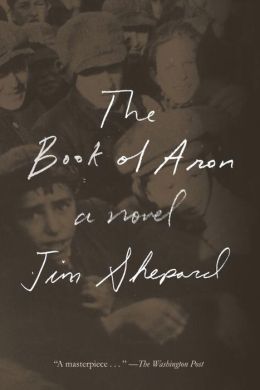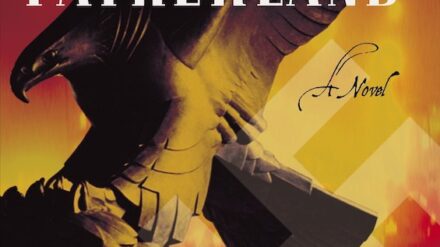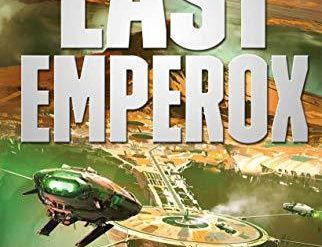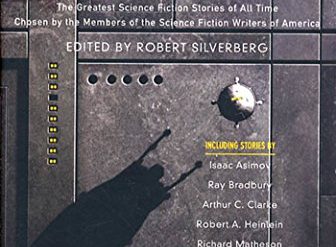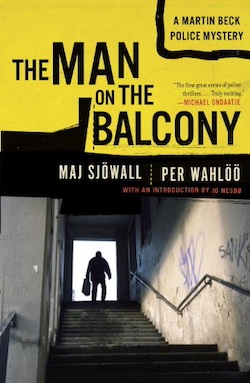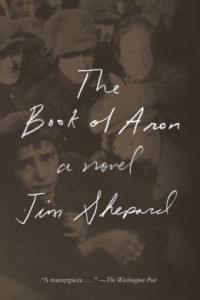
Estimated reading time: 4 minutes
The annihilation of the Warsaw Ghetto was one of the signature events of the Second World War. Its story has been told innumerable times, in print, on film, and in oral histories. But, since I don’t go out of my way to seek out books about the Holocaust, I hadn’t yet come across a book that tells the tale from the perspective of a child. The Book of Aron, a novel by Jim Shepard, does that job brilliantly. It is a superb contribution to the extensive literature about World War II.
This is not one of those predictable tales of the heroic but doomed Warsaw Ghetto uprising. The action takes place in the months leading up to the uprising. The story revolves around the life of a boy named Aron, the son of a poor Jewish couple from a Polish shtetl near the Lithuanian border. Aron is eight years old when the tale begins in 1936, but the book focuses on the tragic months in 1942 when he is thirteen. As the Nazis progressively shrink the borders of the Ghetto and starve its residents, Aron and his gang of twelve- and thirteen-year-olds turn to petty crime in an effort to survive. They become adept in sneaking through gates or crawling through tunnels to the streets outside the Ghetto, smuggling food back in for themselves and their families.
The Book of Aron by Jim Shephard (2015) 274 pages ★★★★★
This is not a pretty story. Through misadventure, Aron is coopted by one of the Jewish policemen who control the residents on behalf of Nazi Germany. As their relationship unfolds, we view the depths of depravity to which so many Jews were subjected under the unimaginable pressures of Nazi tyranny. We are also introduced to the nobility that somehow survived in some of them.
Though The Book of Aron is told from the boy’s point of view, the central character, introduced some time later, is the real-life figure of Janusz Korzcak. As Wikipedia explains, “the pen name of Henryk Goldszmit, [Korzcak] was a Polish-Jewish educator, children’s author, and pediatrician known as Pan Doktor or Stary Doktor.” In the novel, as in real life, “After spending many years working as director of an orphanage in Warsaw, [Korzcak] refused freedom and stayed with his orphans when the [children and staff in the] institution [were] sent from the Ghetto to the Treblinka extermination camp.” Korzcak was one of the true heroes of this evil episode in the history of the human race.
For related reading
For another author’s take on life in the ghetto, see Mila 18 by Leon Uris (A classic novel of the Warsaw Ghetto Uprising). You might also check out We Must Not Think of Ourselves by Lauren Grodstein (The drama before the Warsaw ghetto uprising) and The War Girls by V. S. Alexander (Life in wartime Warsaw before the Ghetto Uprising), although the book is not as well written.
And for my review of another of Jim Shepherd’s novels, see Phase Six by Jim Shepherd (This future pandemic is worse than COVID-19).
You might also enjoy:
- 10 top nonfiction books about World War II
- The 10 best novels about World War II
- Great war novels
- Good books about the Holocaust
- 7 common misconceptions about World War II
- The 10 most consequential events of World War II
If you enjoy reading history in fictional form, check out 20 most enlightening historical novels. And if you’re looking for exciting historical novels, check out Top 10 historical mysteries and thrillers. You might also be interested in Top 10 great popular novels.
And you can always find my most popular reviews, and the most recent ones, on the Home Page.

